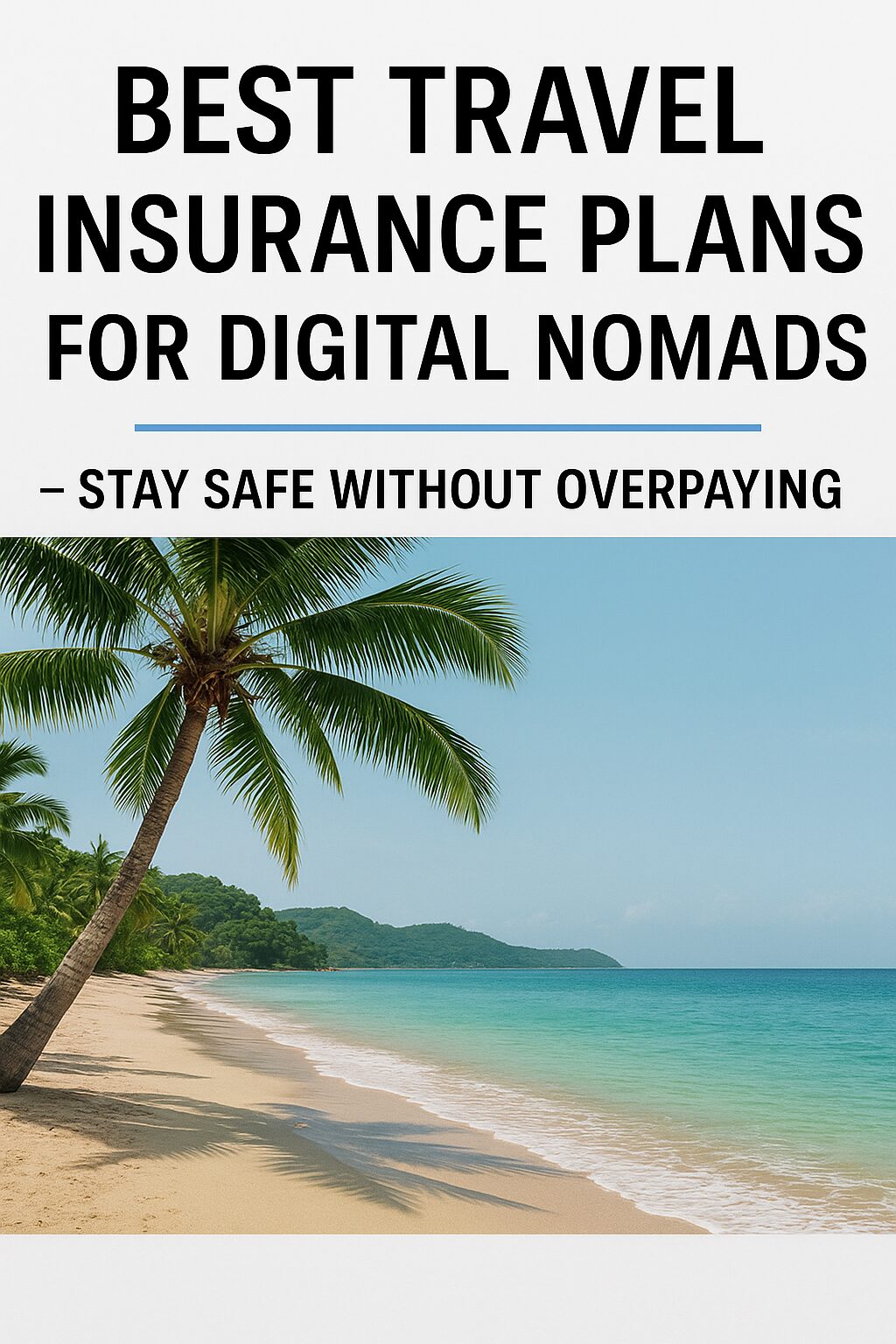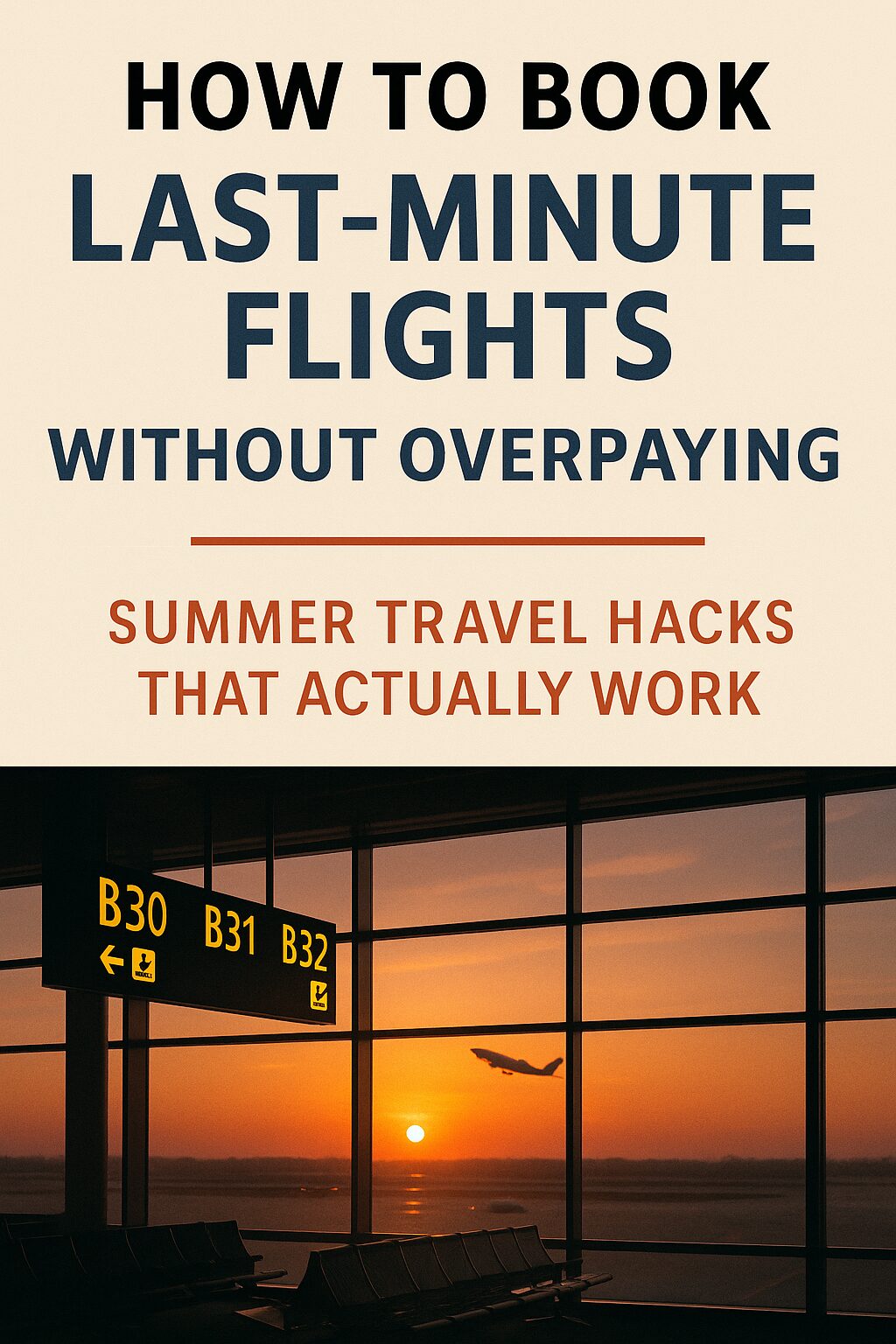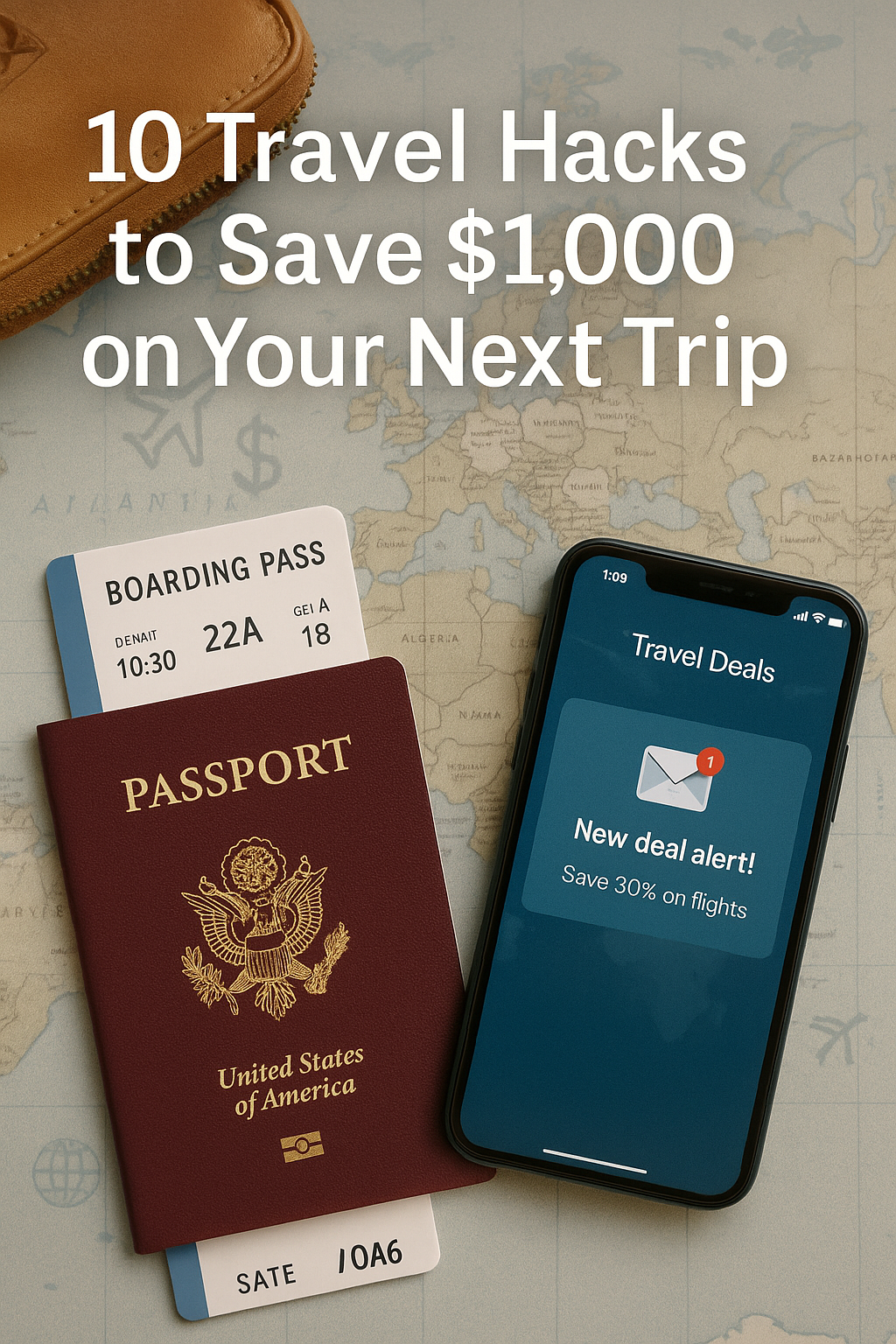Finding the perfect travel insurance can be overwhelming, especially when you’re a digital nomad jumping between countries. With summer travel in full swing, unexpected health issues, flight delays, and lost luggage become more likely — and expensive. But not all insurance plans are created equal. Some overcharge for minimal coverage, while others offer serious value if you know what to look for.
This guide walks you through the best travel insurance plans for digital nomads in 2025, how to choose based on your needs, and tips to avoid paying too much.
1. Why Digital Nomads Need Travel Insurance More Than Ever
Most tourists only need short-term coverage. But digital nomads?
They live abroad for months, work online, and may not have local healthcare. Here’s why insurance isn’t optional:
- Emergency medical coverage is essential in countries where private hospitals demand upfront payment.
- Trip interruption can cost thousands — especially if you’re running a business remotely.
- Lost or stolen tech (laptops, phones) is a real risk for nomads.
- Visa requirements: Some countries now require proof of travel insurance upon entry.
2. Key Features to Look for in a Good Nomad Policy
Don’t just buy the cheapest plan. Focus on features that matter:
| Feature | Why It Matters |
|---|---|
| Medical Coverage | At least $100,000 USD for global medical expenses |
| Trip Cancellation | Reimburses if plans change due to emergencies |
| Tech Protection | Covers laptops and work gear |
| Global Flexibility | Coverage across multiple countries |
| Monthly Plans | Flexible billing for long-term travelers |
| No Home Base Required | Many insurers reject nomads without a “home address” |
3. Best Travel Insurance Plans for Digital Nomads (2025 Picks)
Let’s break down the top plans digital nomads love — and why:
SafetyWing – Nomad Insurance
- Why it’s great: Built for nomads, with global coverage (except a few countries)
- Price: Around $45/month
- Pros: Covers COVID-19, automatic renewal, includes U.S. trips (optional)
- Cons: Lower tech item limits
World Nomads – Explorer Plan
- Why it’s great: Ideal for adventurous nomads (e.g., surfing, hiking, diving)
- Price: ~$120/month (varies by country)
- Pros: Includes extreme sports, 24/7 support, gear coverage
- Cons: Not available to all nationalities
Genki Resident
- Why it’s great: Premium healthcare plan for EU nomads or those seeking long-term stability
- Price: ~$75/month+
- Pros: Private doctor visits, long-term care, optional dental
- Cons: Slightly stricter application process
IMG Global – Patriot Travel Medical
- Why it’s great: U.S.-based with global hospital access
- Price: ~$80/month (flexible tiers)
- Pros: Customizable plans, visa support letters
- Cons: Complex setup if traveling frequently
4. Money-Saving Tips When Buying Insurance
Want the best deal? Use these tips:
- Compare with aggregator tools like Insured Nomads, VisitorsCoverage, or TravelInsurance.com
- Check for multi-trip discounts if you’re traveling frequently
- Buy before you depart — plans bought abroad often exclude coverage
- Avoid over-insuring: Don’t pay for cruise or tour protections you won’t use
- Use a credit card that includes some insurance (then top up for the rest)
5. Bonus: Country-Specific Recommendations
Depending on where you’re heading this summer, some plans shine:
- Thailand, Indonesia, Vietnam → SafetyWing or World Nomads
- Portugal, Spain → Genki Resident or IMG Global
- U.S. Trips → Make sure U.S. coverage is included (SafetyWing add-on or IMG Global)
Final Thoughts: Stay Smart, Not Scared
Travel insurance shouldn’t feel like a tax — it’s a tool. The right plan protects your health, your business, and your freedom to travel. As a digital nomad, investing in smart coverage means peace of mind, especially during unpredictable summers.
Don’t overpay. Don’t under-protect.
Just plan smart — and roam free.
📌 Coming Up Next
What to Pack for a One-Month Summer Trip – Digital Nomad Edition
→ From tech gear to lightweight clothing, our next post will walk you through the perfect digital nomad packing list for a month-long summer adventure.








